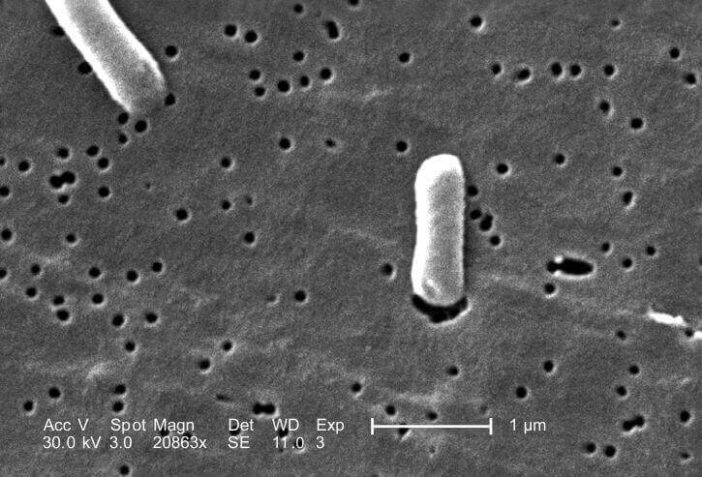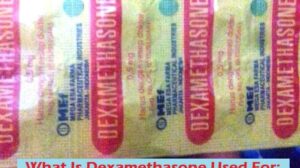
How To Test For Salmonella Using ISO 6579: 2002 method – Salmonella tests are used to determine the presence of Salmonella in food. Salmonella is a stick-shaped gram-negative bacteria that causes typhus, para typhus, and foodborne diseases. Salmonella consists of about 2500 serotypes, all of which are known to be pathogenic in either humans or animals.
These bacteria are not indicators of sanitation, but rather bacteria indicators of food safety. That is, since all known Salmonella serotypes in the world are pathogenic, the use of these bacteria in food is considered to be harmful to health. Therefore, various ready-to-eat food standards require no Salmonella in 25 grams of food samples.
Salmonella is one of the bacteria that often causes serious illness when contaminates food and beverages consumed by humans. Salmonella can also live on the body of cold-blooded or warm-blooded living creatures.
Morphologically, Salmonella bacteria have gram-negative characteristics, stem-shaped 0.7 – 1.5 μm, have a length of 2 – 5 μm, do not form spores, and are aerobic / facultative aerobic. Salmonella has a close relationship with the genus Escherichia bacteria and it can be found almost all over the world.
Salmonella Bacteria Classification
Here is the classification of Salmonella Bacteria:
- Phylum / Division: Protophyta
- Class: Schizomycetes
- Order: Enterobacteriales
- Family: Enterobacteriaceae
- Genus: Salmonella
- Species: S. Enterica.
How To Test For Salmonella using ISO 6579: 2002 method
To detect salmonella contamination in food products, there are several methods recommended for use by industry and other analytical laboratories. One of them is a method published by the International Standardization Agency, namely ISO 6579 Standard: 2002 Microbiology of food and animal feeding stuffs — Horizontal method for the detection of Salmonella spp.
At ISO 6579: 2002 method, it consists of three stages, the first stage is pre-enrichment, the second stage is selective enrichment, and the third stage is isolated in the media to be selective.
Pre-enrichment stage
The pre-enrichment stage uses a liquid culture medium, namely Buffered Peptone Water (BPW). Pre-enrichment in liquid culture media serves to improve the condition of injured bacteria.
Selective enrichment
The second stage is a selective enrichment in 2 types of liquid culture media, namely Rappaport Vassiliadis Salmonella Enrichment Broth (RVS) and Muller Kaufman Tetrathionate Novobiocin Broth.
At this selective enrichment stage there is an optimization of salmonella growth and inhibited the growth of other beneficial bacteria that can interfere with salmonella growth, so as to further minimize false negative results. This stage uses 2 types of selective media that aim to maximize the growth of various salmonella species that may be present in the sample.
Because, sometimes some types of Salmonella species can grow both in RVS culture media, but cannot grow on MKTTn, or vice versa.
Isolate or plating on the media
The third stage is to isolate or plating on the media to be selective, namely XLD agar and Rambach Agar with streak / scratch method using Ose needle. In XLD media order, Salmonella will use the content of xylose, lactose, and sucrose into an acidic substance that causes phenol red to turn yellowish or orange.
Salmonella will also produce hydrogen sulphites as a result of the utilization of thiosulfate and iron salts (III) that cause salmonella colonies to be black.
In Rambach Agar media, Salmonella will grow and appear as a red colony. This is due to the utilization of propylene glycol and its reaction with pH indicators that produce a red color. Rambach Media To contain chromogenic substrates to detect coliform β-galactosidase solving activity, so that it can be distinguished between Salmonella and other Coliform bacteria.
The growth of coliform in rambach agar media will appear as a greenish or blue-violet colony. While bacteria from other Gram-negative groups will appear as colorless colonies, such as Proteus and Shigella.
Read also:
How To Prevent Salmonella
Thank you very much for reading How To Test For Salmonella Using ISO 6579: 2002 method, hopefully useful.



